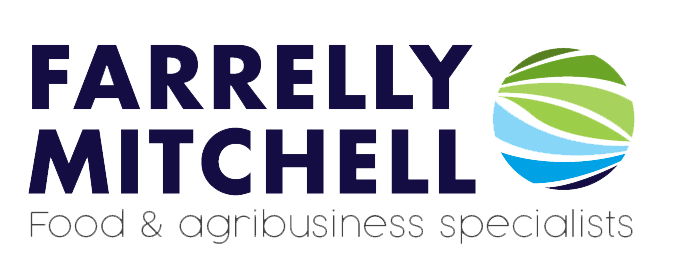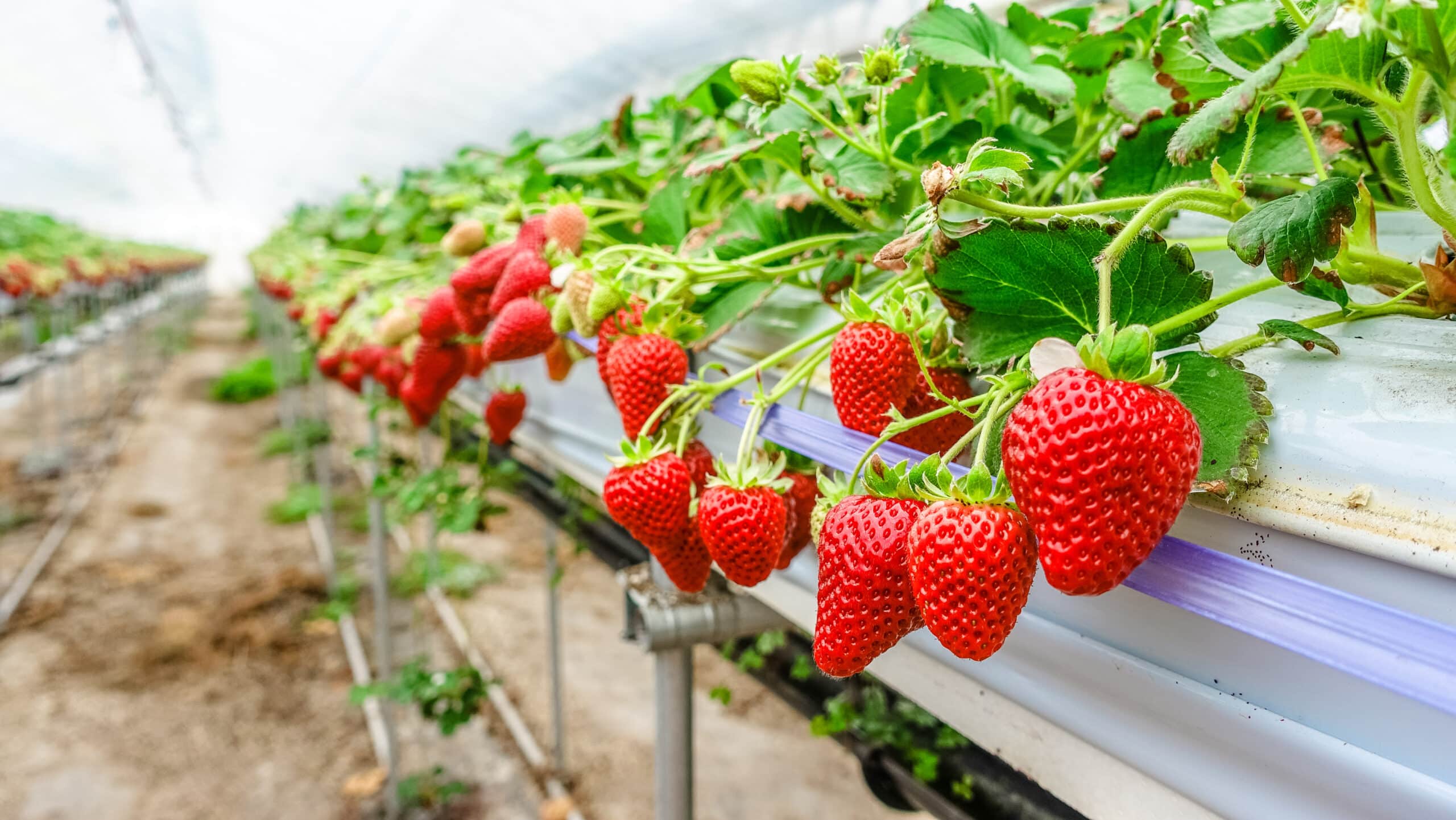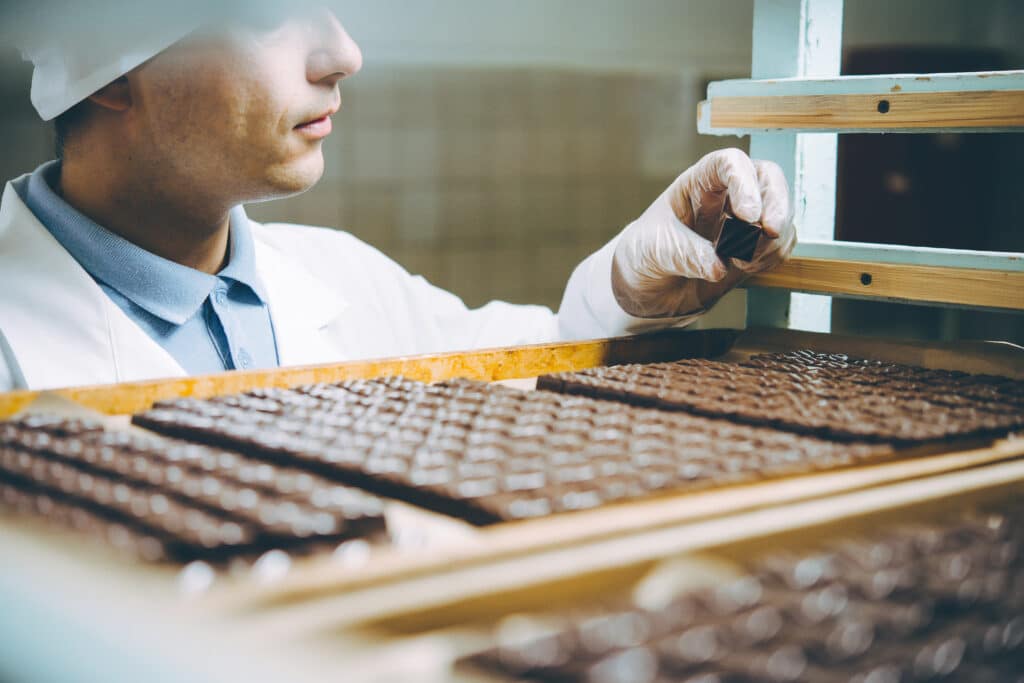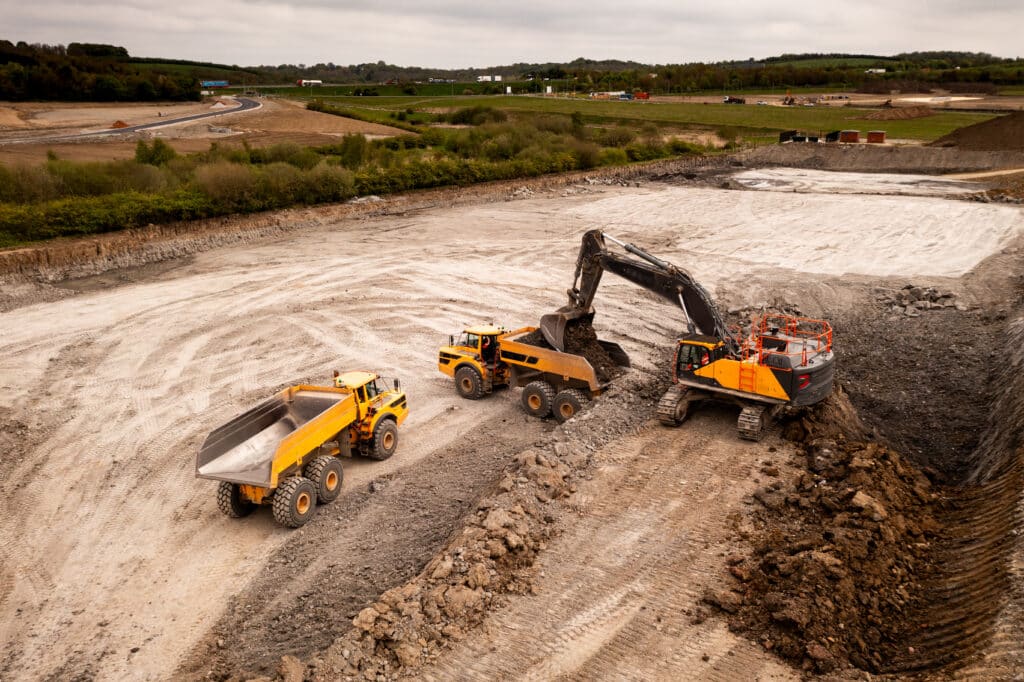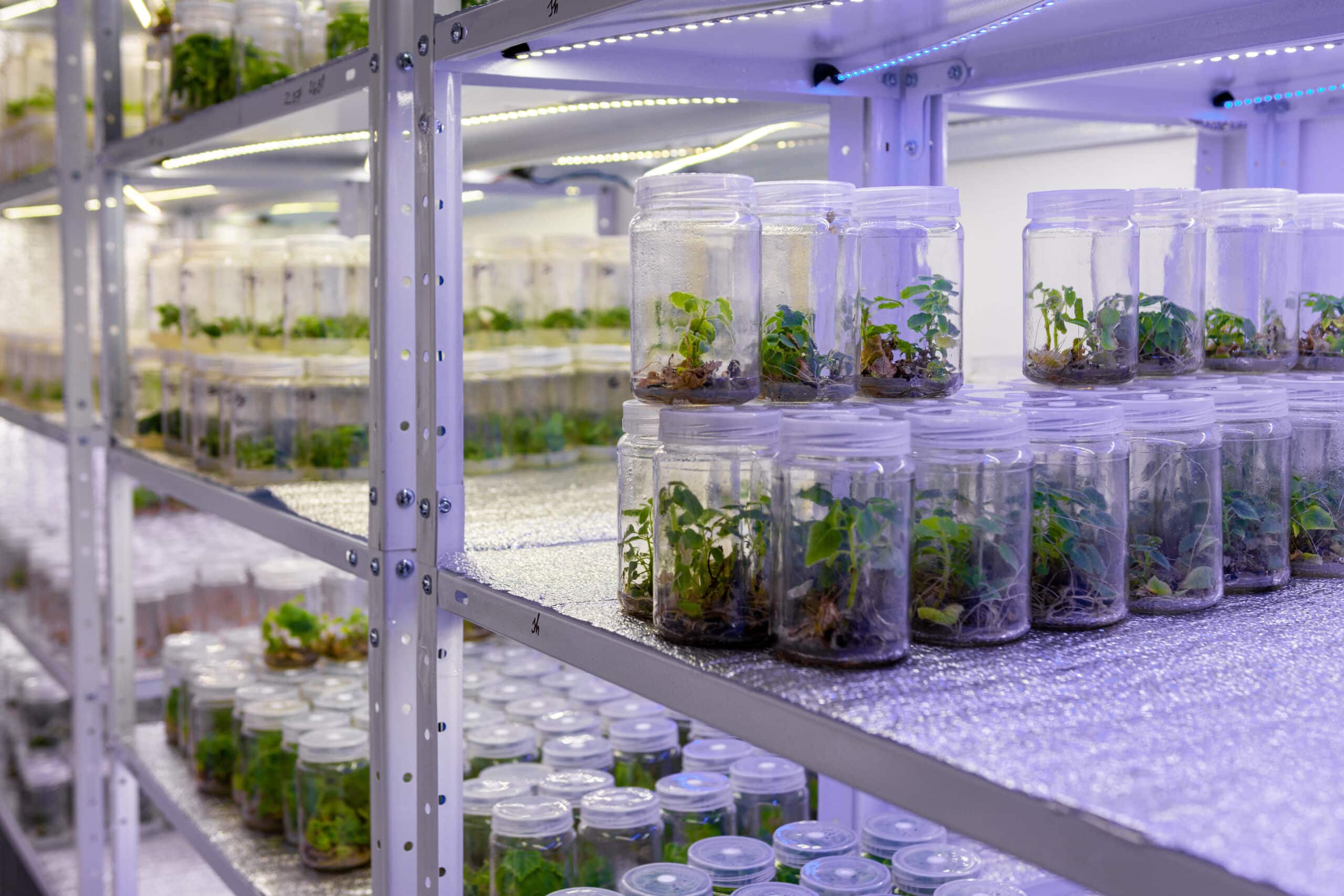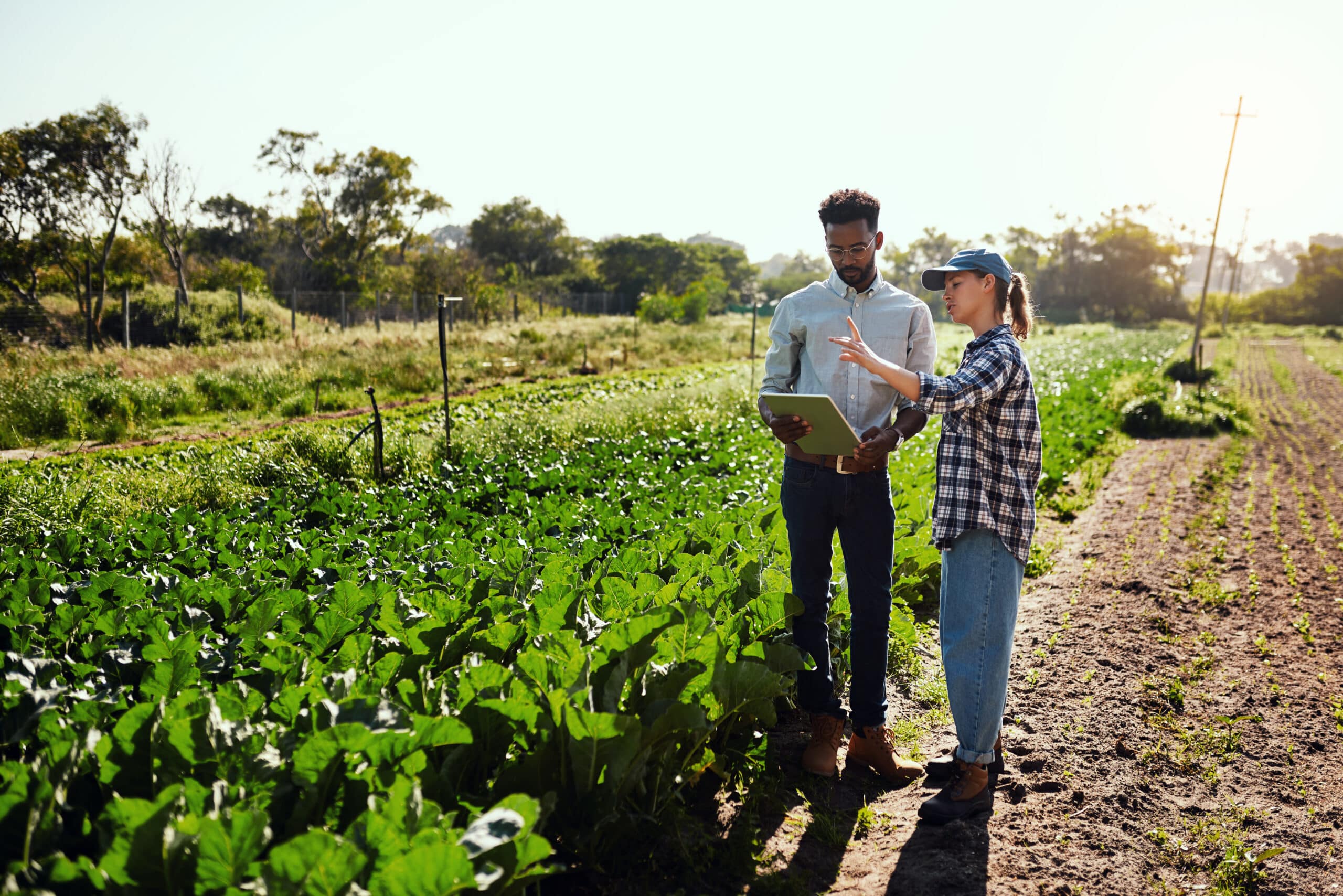Surging demand for fresh, year-round, premium-quality strawberries, coupled with high market values and quick crop cycles, has created the ideal market environment for hydroponic strawberries.
While initial costs and technical complexity are high, the prospect of controlled systems capable of turning strawberry cultivation into a predictable, scalable, and year-round enterprise is driving significant interest among investors, producers, and ag-tech innovators. Backed by significant investments, hydroponic strawberry farming is not only reshaping supply chains and consumer expectations but also setting new benchmarks for agricultural innovation.
In this article, we explore the economic viability, production efficiency and sustainability of hydroponic strawberries as well as how technology, market trends, and regulations are shaping its future.
Economic viability and profitability
The market for hydroponic strawberries is rapidly expanding, driven by its ability to meet consumer demand for fresh strawberries year-round. Market growth statistics reflect this momentum, with the US hydroponic farming market expected to grow at nearly 20% CAGR from 2025 to 2028.
Hydroponic strawberry production is increasing across North America, Europe, Asia, and the Middle East. Countries like China, Japan, the Netherlands, Saudi Arabia, UAE, and UK are actively investing in indoor strawberry cultivation as part of their food security and sustainable agriculture strategies. The advent of large agribusiness investments, and the entry of renowned corporations (such as Driscoll’s – the world’s largest berry brand) into the hydroponic sector further signals a mainstreaming of this trend.
By precisely controlling factors like light, temperature, and nutrient delivery, hydroponic systems can achieve multiple crop cycles per year and achieve higher output per unit area. In fact, some strawberry growers have achieved up to 12.5 kg of strawberries per square metre using a multi-tier hydroponic setup – roughly double the typical yield of an average greenhouse farm.
Innovations in system design, nutrient delivery, technology and data-driven farming practices will continue to push yields higher, as growers optimise plant health, accelerate crop cycles, and increase planting density. At the same time, greatly enhanced production efficiency means more revenue can be generated from a smaller land footprint.
However hydroponic farming is not without its challenges. Labour is often the largest variable cost frequently equating to ~40% of total operational expenses. Similarly energy requirements can be substantial representing another ~20% of costs.
Automation and renewable energy can significantly lower costs and boost profitability. For instance, some of the more innovative ventures have reported profit margins of between 50–60%, with a capital payback period of around three years. However, it is worth noting that these initiatives are often based on selling directly to retailers and heavily leveraging technology to cut labour costs and optimise growth.
Quality and nutritional content
Strawberries are beloved by consumers for being a nutritious “superfood”, rich in vitamin C and antioxidants. Demand has climbed as people seek healthier diets. From a nutritional point of view hydroponic strawberries retain all the vitamins and antioxidants the fruit is known for. In fact, vegetables grown in hydroponic systems have been observed to contain up to 50% more vitamins (A, B, C, E) than those grown conventionally. As an added benefit, many hydroponic farms use integrated pest management and biological controls (like predatory insects) instead of harsh chemicals, allowing the strawberries to mimic organic produce.
All of this enables hydroponic strawberries to meet the rising demand for healthier foods, while also being local, pesticide-free, and fresher due to shorter supply chains. These benefits frequently translate into premium prices for hydroponic strawberries in many markets, especially where offseason supply is limited. For example, in dense urban areas (New York, Dubai, and Tokyo), vertically farmed strawberries often command high prices due to their superior flavour and the novelty of being locally grown out of season.
The superior quality and nutritional content of hydroponic strawberries have allowed some brands to reposition the fruit’s status in the market. US-based company Oishii has recently emerged as a market leader for vertically grown hydroponic strawberries. They have positioned their brand as an ultra-premium luxury vendor, treating their products with the same reverence as high-end chocolate or coffee. Thanks to their cutting-edge CEA (controlled environment agriculture), Oishii have been able to reliably produce cultivars such as the omakase, koyo, and nikko berries, each having distinct aroma, texture, and flavour.
It is also worth noting that, in addition to yielding more fruit per plant, hydroponic strawberries can equal or even surpass conventional berries in terms of quality, debunking the notion that yield gains come at the expense of flavour. By carefully managing plant varieties, water levels, nutrient mixtures, lighting, and harvest times, growers like Oishii can produce strawberries that are as uniformly sweet and flavourful as they wish.
Environmental sustainability
One of the strongest arguments advocates make for hydroponic strawberries is its environmental sustainability. Hydroponic systems dramatically reduce resource consumption and ecological impact. By controlling the growing conditions, employing precision nutrient delivery systems and recirculating water, hydroponic systems can use 70–90% less water than soil-based farming, while also avoiding many soil-borne diseases and pests.
Consequently, growers do not need to fumigate soil and can utilise natural pest predators and climate controls rather than chemical sprays. This ultimately results in a cleaner growing process that is safer for workers, consumers, and the environment. The closed-loop nature of hydroponics also means that excess nutrients are recaptured and reused rather than leaching into groundwater or rivers. Since the berries are not touching soil, there is also less rot and damage, leading to less food waste.
Hydroponic farming has the added advantage of being more efficient in its use of land. This significantly reduces land requirements and enables strawberry production on non-arable land, thereby conserving valuable fertile soil for other agricultural purposes. Although hydroponic systems can incur dramatically higher energy requirements, it is balanced by the ability to locate strawberry farms close to or within urban centres, cutting time spent on food transportation and carbon emissions. The use of renewable energy sources such as solar, wind, or geothermal power can energy systems can help offset energy-related impacts, further reducing the operation’s carbon footprint.
Technology integration and innovation
Hydroponic strawberry farms are often highly automated, incorporating sensors, data analytics, and robotics to manage the growing process. Sensors continuously monitor conditions like nutrient levels, pH, temperature, humidity, and CO₂ in real time. This data feeds into centralised control systems that can adjust lighting, climate, and nutrient delivery automatically to keep plants in their optimal growth range.
At the same time robots can assist in pollination, harvesting, and plant maintenance. These robots can move along tracks or between rows to monitor plant health, using cameras and AI assisted vision to spot ripening fruit or pests. Some farms employ robotic arms to pick and pack ripe strawberries, further streamlining the production process. Leaders in this space, like Plenty and Vertical Future have developed models for scalable vertical farms in urban environments, which are simply not feasible without automation or AI vision.
Another area of innovation is lighting and energy use. Many indoor strawberry farms now use advanced LED lighting systems that tailor light spectra to different growth stages. These LEDs are energy-efficient and can be dimmed or intensified based on real-time feedback. Additionally, AI-driven analysis can balance the trade-offs between natural light (in greenhouses) and supplemental light to minimise electricity use and maximise yield.
Chilean brand AgroUrbana take this one step further by using precise spectrum lighting, which can greatly enhance the growth, flavour, nutrition, and appearance of produce. Blue light is used for vegetative growth, whilst red light accelerates flowering and fruiting, which increases the size of produce. Whilst AI is still being fine tuned to reach maximum efficiency, recent innovation has made leaps and bounds towards scaling hydroponic strawberries.
Policy, regulation, and certification
Policy and regulation is becoming more friendly towards hydroponic strawberry farming. In fact, hydroponic farmers may find it easier to meet stringent food safety, traceability, and hygiene standards, since CEA inhibits contamination risks and controls agri inputs, by maintaining a sanitary environment as a matter of course. However, even though hydroponic farms have achieved excellent safety records, it is worth noting that regulators still require due diligence, including regular water testing, worker sanitation protocols, detailed record-keeping of nutrient inputs, and adherence to food safety audits and inspections.
Governments around the world are also incentivising hydroponic and CEA through grants, subsidies, and policy support, with the intention of bolstering food security and encouraging sustainable practices. Beyond financial support, some regions are also updating building codes and zoning laws to accommodate indoor farms in urban areas, while elsewhere, government agencies are partnering with universities to provide training and extension services for CEA.
One major point of contention though, is organic certification. Traditionally, organic farming standards were written with soil-based agriculture in mind, and regulators in different countries have argued on whether soilless hydroponic systems can even qualify as organic. In the US, the National Organic Program allows hydroponic produce to be certified organic, whereas in the EU hydroponic crops cannot be sold as organic under their existing organic regulations.
Conclusion
Hydroponic strawberries offer the tantalising prospect of high yields, premium-quality fruit, and sustainable production. It is a model that has proven to be viable across various climates and markets. Its controlled nature is capable of turning strawberry cultivation into a more predictable, scalable, and year-round enterprise – akin to manufacturing in terms of consistency and output.
At Farrelly Mitchell, our CEA experts offer deep insights into cutting-edge industry technology, innovative growing methods, market trends, and operational best practices. Our services cover everything from feasibility studies and agtech integration, to strategic planning and operational optimisation. To discover how your hydroponic venture can achieve maximum efficiency, profitability, and growth contact our team today.
